Research on the performance of nano precipitated barium sulfate FB-30 in water-based ink
 Mar 20, 2023|
Mar 20, 2023| View:895
View:895Abstract:Nano precipitated barium sulfate FB-30, a highly transparent functional filler, is widely used in many industrial fields, such as automotive topcoat, metallic effect paint, ink, color paste, household appliance paint, etc.
This report focuses on the application of nano precipitated barium sulfate FB-30 in water-based ink, and compares the differences of dispersion, glossiness, color rendering, aging resistance, reflectivity and other related properties of several different particle sizes and different types of barium sulfate in water-based ink. It can be seen from the results that the addition of nano precipitated barium sulfate can promote the pigment dispersion, prevent the pigment from flocculation, improve the glossiness and color rendering effect, and then obtain a bright coating effect, which can better maintain and show the original color tone of the pigment.
Key words: nano precipitated barium sulfate, transparency, color rendering, weather resistance, anti-floating and anti-blooming
Introduction
Nano precipitated barium sulfate is widely used in different kinds of inks because of its excellent performance. Among them, water-based ink is a recognized environmental protection ink, which complies with the requirements of environmental protection, and has the characteristics of non-toxic, non-corrosive, non-irritating, non-flammable, non-explosive, good safety, convenient transportation and good printing adaptability that it has attracted the attention and favor from both inside and outside of industry. However, with the deepening of research and application of water-based ink, some performance problems are gradually reflected. Adding nano precipitated barium sulfate not only maintains the original basic performance of water-based ink, but also improves its aging resistance, dispersibility, color rendering, thixotropy and gloss to some extent.
In this report, nano precipitated barium sulfate FB-30 was applied to water-based ink. From the experimental data, it can be seen that adding nano precipitated barium sulfate has a good performance in many aspects, which has obvious advantages compared with adding ordinary precipitated barium sulfate. It also shows that nano precipitated barium sulfate has remarkable effects in improving aging resistance, color rendering, thixotropy, pigment dispersion and gloss of water-based ink. Its high transparency, good filling property, and good affinity with different kinds of resins, which is basically comparable to that of Sakai chemical BF-20 (Japan), has broad market development potential and space.
1 Experimental part
1.1 Main raw materials
Water-based acrylic resin liquid: commercially available products
Modified acrylic resin emulsion: commercially available products
Nano precipitated barium sulfate: BF-20, particle size 0.03µm, Sakai Chemical in Japan
Nano precipitated barium sulfate: FB-30, particle size 0.03µm, Yunfu Hongzhi New Materials Co., Ltd.
Ordinary precipitated barium sulfate: particle size 0.7µm, commercially available products
Carbon black pigment: HDS-1355, commercially available products
Wetting agent: TEGO-500, Evonik Industries AG
Defoamer: TEGO-904w, Evonik Industries AG
Dispersant: Silok-7170w, Silok Chemical
Regulator of pH: commercially available products
Propylene glycol butyl ether: commercially available products
Distilled water: Self-made
1.2 Physical property table and EMC of products
Please refer to Table 1 for the physical properties of the nano precipitated barium sulfate FB-30 studied in this report. In addition, we can also see the electron micrographs of nano precipitated barium sulfate FB-30 and ordinary precipitated barium sulfate from Figure 1.
Table 1 Physical property table of FB-30

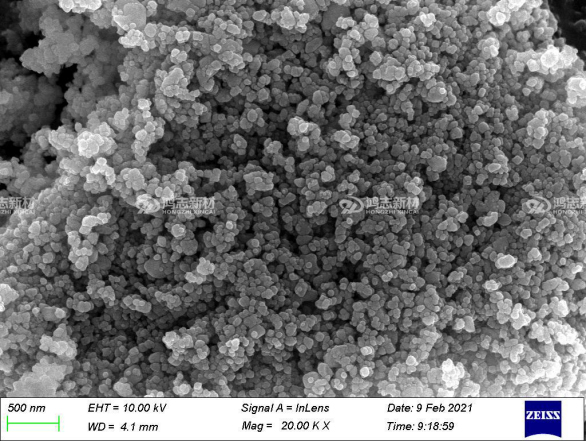
Fig.1. Nano precipitated barium sulfate FB-30 (0.03μm)

Fig.2. Ordinary precipitated barium sulfate (0.7μm)
1.3 Main instruments and equipment
High-speed dispersion machine: SFU400, Shanghai Weite Electric Machinery Co.,Ltd.
Electronic scale: JM-B-3003, 0.01g, Zhuji Chaoze Weighing Apparatus Equipment Co.,Ltd.
Scraper fineness meter: QXD-50, Tianjin Jingke Material Testing Machine Co., Ltd.
Four-sided applicator: SZQ(100-150-200-250µm), Guangzhou Demanyi Instrument Co.,Ltd.
Three-angle light meter:CS380,Shanghai Liangyan Intelligent Technology Co., Ltd.
Xenon lamp aging test chamber:SD-Z-150A, Dongguan Hui Tai Machinery Co., Ltd.
Spectrophotometer:KONICA MINOLTA Spectrophotometer CM-2300d, Konica Minolta Holdings, Inc.
Ceramic nano horizontal sand mill: CSN-1L, Chile (Shanghai) Machinery Technology Co., Ltd.
Printability tester: ZS140, Guangzhou Huanheng Instrument Equipment Co., Ltd.
2 Experimental method of nano precipitated barium sulfate FB-30 for water-based ink
2.1 Basic formula and technology of water-based ink
2.1.1 Firstly, water-based acrylic resin solution, additives, pigments/fillers, ethanol and water are respectively put into a dispersion kettle according to the formula sequence, then uniformly stirred by ahigh-speed dispersion machine until carbon black is fully wetted.
2.1.2 Moving the wetted and dispersed slurry into a sand mill for grinding for 1-2 passes until the fineness of the scraper reaches below 10μm.
2.1.3 The ground slurry is mixed with other raw materials, including modified acrylic emulsion, propylene glycol butyl ether, water and additives, respectively in proportion to the formula, and the high-speed dispersing machine is used to evenly stir, that is, to obtain water-based ink.(The speed of the disperser is controlled at 800-1000 rpm, and 1-4# formulations of water-based ink are respectively prepared according to the above process methods to be tested.)
Table 2 Basic formula of water-based ink
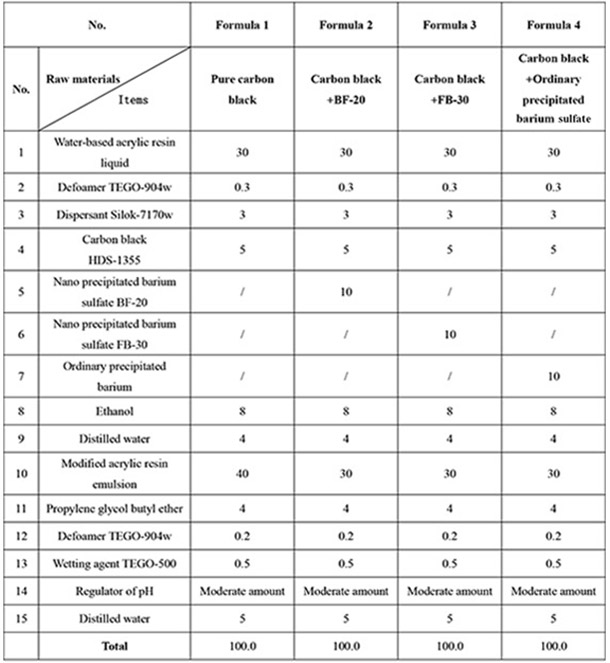
3 Experimental results and discussion
3.1 Comparison of dispersion
According to the above grinding methods, the effects of different barium sulfate on the dispersion of carbon black at different times were compared, and the experimental results are shown in Table 3.
Table 3 Comparison of grinding fineness data in different time periods

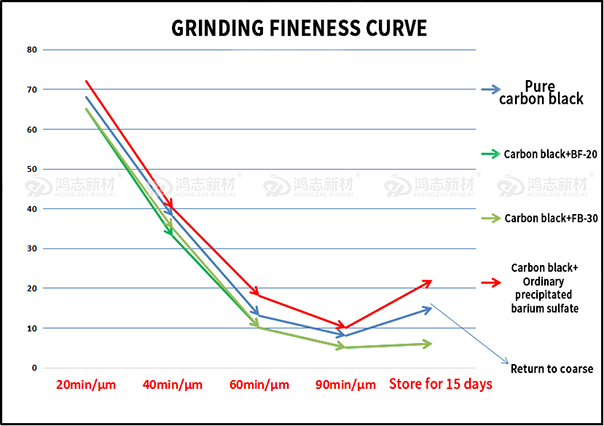
Fig.3. Curve comparison diagram of grinding fineness
As we all know, carbon black is difficult to disperse in pigments because of its small particle size, high oil absorption and strong cohesion between particles. Poor dispersion will lead to coarsening and other disadvantages during storage. From the data in Table 3 and Figure 3, it can be seen that the water-based ink added with nano precipitated barium sulfate can improve the dispersion of carbon black to some extent during grinding, and more importantly, it can effectively improve the storage stability.
3.2 Comparison of viscosity and Ti value
Samples were prepared according to the above formulation process, and the effects of adding different barium sulfate on the viscosity and Ti value of water-based ink were compared respectively. The experimental results are shown in Table 4.
Table 4 Comparison of viscosity and Ti value data of different formulations

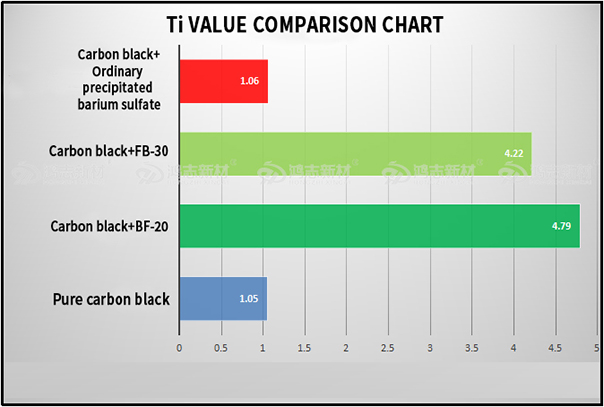
Fig.4. The comparison chart of Ti value
Combined with the data in Table 4 and Figure 4, it can be seen that two formulations with nano precipitated barium sulfate have certain thixotropic effect without thickening agent, which can meet the requirements of various inks for this performance. While the water-based ink with ordinary precipitated barium sulfate is higher in viscosity than that with pure carbon black, but no thixotropy.
3.3 Comparison of gloss
According to the above experimental methods, the effects of adding different barium sulfate on the gloss of water-based ink were compared, and the experimental results are shown in Table 5.
Table 5 Comparison of gloss
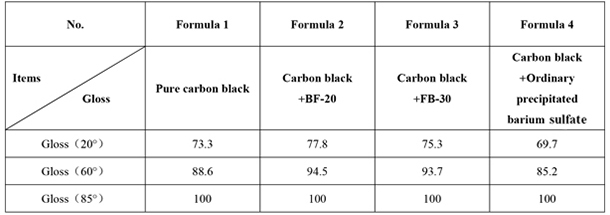
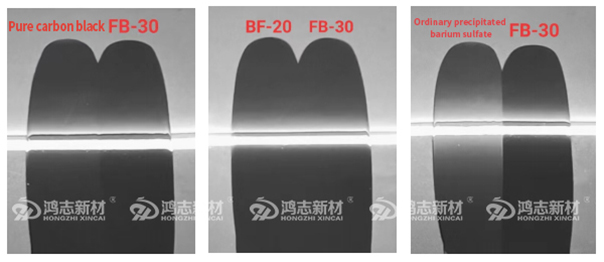
Fig.5. Comparison of gloss effect
From the data in Table 5 and Figure 5, it is found that the coating added with nano-precipitated barium sulfate FB-30 has higher gloss, better surface effect and excellent leveling compared with ordinary ones, even higher gloss than that with pure carbon black, overall FB-30’s effect is close to BF-20.
3.4 Comparison of aging resistance test results
By using xenon lamp aging test chamber, the aging resistance of water-based ink samples prepared with different formulations were tested, and changes of gloss were compared. Experimental comparison data is shown in Table 6 and Table 7.
Table 6 Comparison of gloss data before aging resistance test
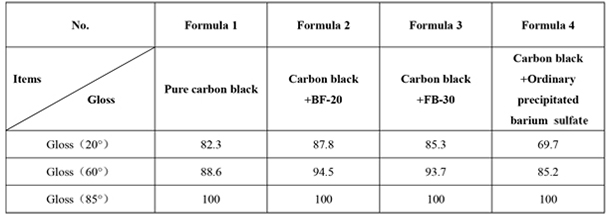
Table 7 Comparison of gloss data after aging resistance test

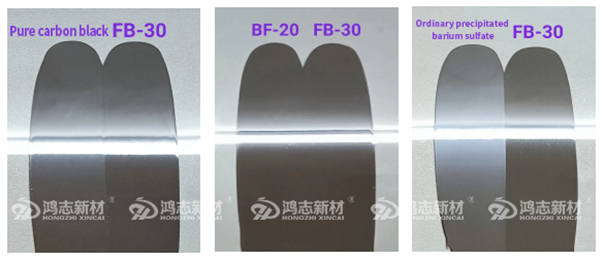
Fig.6. Comparison chart of effect after aging resistance test
From the data in Table 6 and Table 7 and Figure 5, it can be seen that the effect of adding nano precipitated barium sulfate FB-30 and BF-20 on aging resistance is obviously better than adding ordinary precipitated barium sulfate, which not only improves the overall aging resistance, but also maintains the original color tone.
3.5 Comparison of color rendering effects with L, a, b value
The L, A and B values of water-based ink samples prepared with different formulations were analyzed and tested by spectrophotometer (color difference meter). Experimental results are shown in Figure 7 and Table 8.
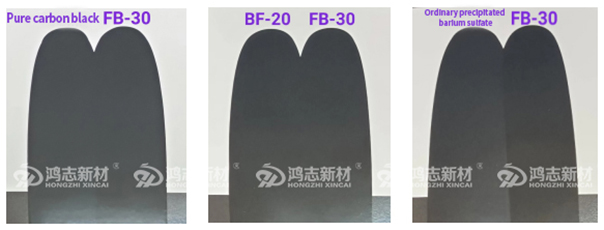
Fig.7. Comparison chart of color rendering effect
Table 8 Comparison of L, a and b value
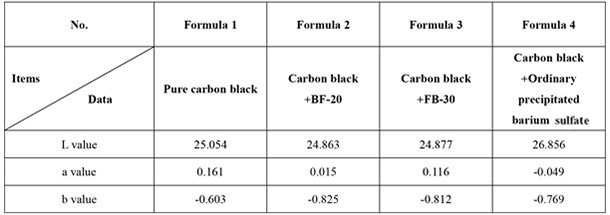
From the data in Figure 7 and Table 8, it can be seen that color development of FB-30 with nano precipitated barium sulfate is closed to that of BF-20, and it is slightly brighter than that of pure carbon black, also better color saturation. Compared with color development of ordinary precipitated barium sulfate, the improvement effect of nano precipitated barium sulfate on this property is more obvious.
4 Experimental conclusion
Adding nano precipitated barium sulfate FB-30 into water-based ink has the following characteristics:
4.1 It can effectively improve the dispersibility and storage stability of carbon black.
4.2 It can effectively improve the viscosity of ink and make it have a certain thixotropic effect, and can meet the needs of public ink for thixotropy without adding or adding less thickener.
4.3 The gloss and smoothness of coat can be effectively improved.
4.4 Not only the aging resistance of coating is improved, but also original color tone can be maintained.
4.5 It can effectively improve the color development and saturation of pigment and make the coating much more vivid.





 Language
Language



